If you are one of the people who leaves AirVenture on the last day, you’ll understand what we mean when we talk about “ghost planes.” No, not otherworldly apparitions of pilots and wings from the past—we’re talking about those impressions in the grass left as crowds mill about certain interesting airplanes during the week of the show. When the planes are gone, all that’s left is the dead grass in the shape of the airplane. It’s one way to tell what most interested attendees at the world’s biggest aviation event.
Without a doubt, one of the best ghost planes (best meaning the place with the most dead grass) was parked just outside the Brown Arch on the flight line at AirVenture 2017. The Tarragon is a new (to the U.S. market) plane from Europe, a fast, sexy-looking craft built for the Light Sport market across the pond, but selling as a kit in the U.S. for the Experimental/Amateur-Built market. Why not market it here as a Light Sport? Retractable gear, a constant-speed prop, and a speed that significantly exceeds the 120-knot LSA limit. And the truth is, while those things might disappoint a Sport Pilot, they are significant plusses for someone looking for a new E/A-B. Imagine a sleek machine burning 4.5 gph with a tank capacity of 66 gallons, cruising at 130 knots. If that’s what you want, the Tarragon is worth a look.
The front cockpit has plenty of room, and the panel is more than adequate for a sport aircraft. In fact, it is plenty spacious for a well-thought-out IFR complement as well.
The rear cockpit is equipped with dual controls (except for the prop) and an electronic ADI/ASI/ALT display—all you need for fun!
International Flair
Designed in Italy (hence, the sexy lines), the Tarragon is a great example of multiculturalism in action. The kit components are manufactured in Spain, where they have autoclave capacity to build perfect carbon fiber parts. The parts are then shipped to the actual kit factory in Riga, Latvia, for assembly, either as a finished airplane for the European market or as a kit for the U.S. market. The current business model is for the builder to travel for two weeks to Latvia to do the major structural assembly under the tutelage of the factory experts (and using the massive tooling they have for precision assembly), with the resultant “super kit” then being shipped to the builder’s location in the U.S. for the all-important “90% left to go.”
The U.S. representative for the Tarragon is Greg Read of Sparks, Nevada. Basing the company at Reno’s Stead airport (home of the Reno Air Races), Read has flown the new Tarragon to Oshkosh, then south to cross the U.S. westbound along the route to California, then back up to his other base at San Jose. Suffice to say, he and his wife Chiwami Takagi-Read have put on the miles and figured out what they love about the airplane and what few things they’d like to change. A multiple offender in the fast-glass category, Read has had his hand in several EAA Grand Champion Lancairs, and Chiwami has raced both a Glassair and a Lancair Legacy in the September races.
While the Tarragon is unlikely to be a competitive threat to the ultra-fast Sport Class racers, it does look plenty fast just sitting on the ground, and Read is confident that people will enjoy those looks and the proven performance of the aircraft to an extent that there will be a market for the airplane in the United States. His plan is to provide a wide variety of options for the airplane—and not just in how it is outfitted. He will supply kits (including packages for traveling to Latvia for the structural build), builder assist in the United States, and he is even looking at eventual Part 23 certification. Currently powered with the popular turbocharged Rotax 914, the airplane can be fitted with any of the other four-cylinder, four-stroke Rotax mills. It is also capable of supporting the Lycoming O-320, and there is work being done to fit a 250-hp turboprop from Solar.
The tail stinger, while unusual, provides a nice flow path to allow the air to come back together after passing over the rest of the aircraft.
The overall design of the airplane is very European, with great lines, a comfortable cockpit, and a ballistic recovery ‘chute as standard equipment. The airplane looks much like a turbine Tucano, with the tandem cockpit and large bubble canopy of modern turboprop military trainers. The tail group is unique, with anhedral in the horizontal tail and a stinger projecting aft, which allows the air parted by the front of the airplane to come back as nearly together as possible at the back end, thereby reducing drag. Just like when Americans began to see foreign cars appearing on their highways, some features just make you go, “Hmm—why didn’t we think of that?” For instance, the top cowling is probably the most easily removable engine cover we’ve ever seen on an airplane. It has two capture latches per side up front, and two large registration pins that hook it onto the firewall. Press the twin buttons on each side up front, lift the front, and it slides right off. It snaps back into place just as easily. You can easily remove it for preflight if you wish.
The ballistic recovery ‘chute can be activated from either cockpit with a red T-handle located on the lower right corner of each instrument panel.
The demonstrator we flew was stressed to +4.4/-2.0 G, but the option exists to make it aerobatic. The airplane is incredibly light—weighing in at 816 pounds, it is significantly lighter than a popular single-seat aluminum airplane (or two). It’s a good thing that the European Light Sport rules allow retracts and no upper speed limit because this plane really moves for its size of engine.
Oh, and that fuel capacity? Read stated that with 66 gallons and burning 4.5 gph, Hawaii is in reasonable reach from the west coast. His plan is to eventually make the flight to the Aloha state in the plane to prove it.
Italian design meets extra horsepower and an American innovating spirit—what more can you ask?
Systems Design
For a simple Light Sport plane (in Europe), the Tarragon includes a number of interesting systems and installations. The retractable gear is powered by a single electric motor for instance. The oleo struts provide a nice cushioned touchdown. Currently, the nose gear strut features a single-sided yoke, but there is some flexibility that Read doesn’t like, and there is room for a dual yoke, so that will probably be modified. The direct-link nosewheel steering also limits the radius of turn, so that is going to be replaced with a swiveling nose gear design (with direct nosewheel steering as an option). The swiveling design will be self centering upon retract to prevent any hang-up on the gear doors.
The seats are comfortable, semi-supine, and padded just enough to make long legs a breeze, according to Read. He intends to fly the airplane from the west coast to Hawaii.
The current gear retraction system uses electric linear actuators, but Read is working to re-engineer this with hydraulics to reduce the number of moving parts and simplify it in general.
The main gear features beautiful Beringer brakes and wheels, and lightweight gear doors that fair the struts but leave the wheels themselves exposed to the breeze, although tucked tightly into their wells. We didn’t compare speeds with the gear down to the gear up, but did note a significant acceleration on takeoff when the wheels went up. Although modern go-fast aircraft frequently leave the wheels down these days, there is something to be said for the sleek lines of an aircraft with the wheels tucked away. Appearance does count for something.
The ballistic recovery ‘chute is standard in the Tarragon and can be activated from either cockpit with a red T-handle located on the lower right corner of each instrument panel. Straps for the ‘chute are hidden in fiberglass channels on the sides of the aircraft, just like in most composite aircraft designed for ballistic recovery systems. Deploying the ‘chute will do a lot of cosmetic damage, but the point is to save lives, not preserve the aircraft.
With 66 gallons of fuel, the Tarragon has amazing range—or the ability to fly for weeks on end without visiting the gas pumps. Rotax powerplants can sip fuel very conservatively, and 4.5 gph is a number frequently bandied about—and achieved—by pilots flying behind them. The 66 gallons is split between the left and right sides, and Read said they have done stalls with as much as a 25-gallon imbalance with little adverse effect except heavy wing drop in the break. The system is dirt simple, with a fuel selector for the front seat to choose left, right, or off.
Avionics in the demonstrator are simple, with a single all-in-one attitude/airspeed/altitude indictor in the back and not much more in the front. The front seat, of course, has engine monitors, the prop and gear controls, and a flap switch—plus the com radio and intercom controls. Of course, when it comes to avionics, the sky’s the limit; it will be interesting to see what builders come up with for this capable airplane.
Preflight
We got a chance to fly the Tarragon at our western Nevada base, located on the eastern side of the Sierra Nevada mountains, just a few miles from Lake Tahoe, and just down the road from the Reno Stead company location. The field elevation of 440 feet matched the density altitude pretty well on a clear, calm, cool autumn morning, the kind of day that just calls out for aviating.
Flying with us (or maybe we should say taking us flying because she occupied the front seat to satisfy insurance requirements) was Chiwami Takagi-Read, veteran race pilot and the most experienced Tarragon pilot on this side of the Atlantic. Chiwami has taken the factory transition training in Latvia and learned to fly it there off a rough grass strip. She has to fly the current airplane from the front seat because of leg-length requirements in the rear seat—even I had a tough time reaching the rudder pedals from the back, and while not tall, I have significantly longer legs than she does. The rear seat in the demonstrator has full dual controls and a minimal panel, but enough for us to get a good feel for the plane, so having Chiwami up front to run the switches and pull gear and flaps worked out great. She is intimately familiar with the machine, so all we had to do was fly.
The large canopy allows for plenty of solar heating, making the long Koger sunshade a welcome option.
Getting into the airplane takes a little planning. The cockpit is located about midway on the root chord of the wing, so while your first thought is to approach the cockpit from the trailing edge, this impulse is wrong because the flaps get in the way. The best way (right now) to mount the machine is to slide up on the leading edge of the wing, then get your feet under you, and climb into the cockpit from the front. Read said that one of his projects is to add a retractable step behind the flaps that will allow easy entry from behind the flaps, and we think that will feel more normal to most pilots.
Our first thought upon sliding into the aft seat of the tandem cockpit was just how roomy it was. The seat is comfortable and should handle fairly large people. We really could have used a couple of cushions to bring us closer to the rudder pedals and higher in the cockpit, but these would have just fine-tuned the situation. The seat is comfortable, and you reside in a semi-supine position. The short control stick has a nice feel to it without a lot of throw, and as we’d find out, just the right amount of leverage to fly the airplane with little effort. On the left armrest is a large throttle knob and a smaller brake lever The airplane is currently fitted with a single, non-differential braking system, and you can operate both the throttle and brakes with a single hand. It works fine, but we longed for differential braking for better, tighter ground handling.
The nosewheel is not currently self-centering—this is going to be addressed in upgrades planned by Read.
Whether sitting in the front or the rear, the large canopy comes down far enough on each side to give a very wide-open feel to the cockpit with plenty of visibility. The airplane was fitted with a long, narrow Koger sunshade to try and keep the cockpit a little less warm, and while it does this admirably, it also tends to add a sort of “roof” to the cockpit, limiting the view just a little. Since it is retractable, this is not so much a problem as it is a feature. From our position in the rear seat, we had excellent side-to-side visibility, but over-the-nose vision was blocked a bit in the ground attitude. For a tricycle-gear airplane, it looked a lot like a taildragger from the back seat, but not a taildragger of the old school—it took just a little effort to peer over the nose.
The airplane taxies precisely with the steerable nosewheel and single brake lever. You can control the throttle with the palm of your left hand and have your fingers curled over the brakes, so speed control is simply a matter of flexing the hand a little to modulate both “go” and “stop.” A modification to a swiveling nosewheel (non-direct-steering) and differential brakes is in the works, and this will probably improve ground maneuverability in a desirable way.
Removing the cowling is easy: Push the two buttons on each side, lift the front, then slide slightly forward to disengage the pins that mate to the firewall.
One of the things you notice upon engine start is the smoothness of the engine/airframe package. With the look of a Tucano or Turbine Legend, it is easy to think that maybe there is a turbine on the nose (as someday, there might be). The smooth power goes well with the smooth lines of the airplane, and you feel like you are really going to get up and go.
Preflight checklists for the Tarragon are normal for an aircraft of this size, and Chiwami selected one notch of flaps to get us off quickly. Acceleration is not blisteringly fast—after all, this is a 115-hp motor—but it is more than you are used to from a typical certified two-seater.
Airborne
Initial climb rate is on par with other Rotax-powered two-seaters designed to go fast (or at least as fast as the LSA rules will allow). Not ear-splitting elevator-like, but more than adequate to operate out of reasonable airports. This isn’t a STOL machine, but it will carry two out of most paved runways just fine. The electric constant-speed prop was easy to manage for Chiwami (she had the only controls in the front seat), and we didn’t have to worry about overspeeding the Rotax. From my standpoint, it was single-lever power control, and it worked great.
After climbing to about 3000 feet agl, we did a few familiarization turns and discovered that the controls are light and harmonious. Roll stability was good, and very little rudder was required to keep the ball centered. In fact, I am not sure any real rudder was required in the cruise regime to keep the ball centered, the airplane simply being nicely coordinated due to its aerodynamics. Steepening the bank to 60 degrees, the airplane stayed at altitude with little effort, with a fighter-like look and feel. Leveling the wings, we checked that the plane was trimmed for level flight, then pulled to about 15 knots below trim speed and let go. The nose fell to about 25 knots above trim speed, then recovered with just a little overshoot on the second cycle, and then settled back to trim speed. Nicely damped, plenty stable, without being heavy.
Read intends to build fairings for all of the flap hinges that are modeled on the one just inboard of the mass balance arm.
We next pulled the power back for some slow flight and let the airplane shed some knots. Slippery as it is, that took a little while. The gear is not designed to be dropped at high speeds, so it is little help, leaving one to remember that you need to plan ahead if you want to go down and slow down at the same time. We did slow flight at about 45 knots indicated, and the plane was rock solid, even with the flaps up. We then leveled the wings and pulled into the buffet and beyond, getting a nice break with little fuss and just a touch of right roll (probably because there was more fuel in that side). The amazing thing was that the indicated airspeed at the break was only 37 knots—and this was with the flaps up! Breaking the stall was simply a matter of releasing the back pressure, and adding power resulted in next to zero altitude loss.
The horizontal tail has significant anhedral, a very different look from most light airplanes, but unnoticeable to the pilot.
Next up: a few coordination maneuvers. We cleared the area and accelerated to cruise, then pulled through a military eight and finished with a chandelle. Both of these showed good control harmony and exhibited the plane’s fun side. Because of the utility category G limits, we didn’t push the aerobatic envelope beyond that—but certainly, this is an airplane that is confortable with steep bank angles.
With up-and-away handling determined, we headed for a local long runway, and Chiwami showed me what a landing looked like. Again, planning ahead for speed reduction is important—even in an airplane that “only” goes 130 knots. The problem is, it wants to keep going that speed! Dropping 10 degrees of flaps helped to encourage deceleration to gear speed, and we dropped that at the low key position. The gear is all electric and takes about 10 seconds to cycle. The panel shows three greens when the wheels are all down, and though we didn’t need to try manual extension, it is available with a hand crank in the front seat.
The U.S. demonstrator is equipped with the turbocharged Rotax 914—plenty of motor for a light airplane!
From the rear seat, it was apparent that I needed that extra cushion if I wanted to see over the nose on short final, but things weren’t happening too fast because the approach speed over the fence was just 60 knots—plenty slow to play the final glide for a nice touchdown. With all three wheels on the ground, Chiwami retracted the flaps and I added power for a takeoff, which was normal in every respect. Power application and liftoff were once again smooth, and it was easy to climb to pattern altitude before we got to midfield on the downwind.
I flew a slightly larger pattern than Chiwami, as I normally do with a new airplane, giving myself a little more time to set up a stabilized approach. We dropped gear on downwind and one notch of flaps at low key (abeam the numbers), and another notch of flaps as we turned base. I’m not sure if we had more to go, but this gave such a nice stabilized approach, I didn’t want to change anything. Looking over the nose, the runway disappeared in the final flare, but I had good enough peripheral vision to make a nice touchdown on the mains. Power again came in, and we took off quickly for a return home.
The airplane flies very honestly and quickly felt comfortable to me as we took in a few sights on the way back, banking this way and that to check out features of the desert below. The final landing was Chiwami’s because of the visibility from the rear seat and because I got such a nice one my first try, I didn’t want to tempt fate and get a bad one. Seriously though, the airplane is predictable, without any bad habits, and so long as you manage speed appropriately, it should reward just about any pilot with nice, smooth arrivals.
Overall, flying the Tarragon is a great experience, and I predict that many will enjoy the combination of sporty handling, a comfortable cockpit, and smooth, sexy looks.
Marketing the Tarragon
Greg Read is a man on a mission. Having built and helped to build many fast-glass machines, he put together the beautiful Tarragon USA demonstrator in a short period of time. It clearly shows a high level of workmanship (as befits a plane built by an experienced AirVenture judge) and will serve well as he markets the airplane on this continent.
The Tarragon is available in Europe as a completed airplane, but while FAA Part 23 certification is in Read’s plans, it is also a ways in the future. In the meantime, the aircraft is available here in kit form—with a twist. How would you like to spend a couple of weeks in the former Soviet state of Latvia, putting together the primary structure of your Tarragon? That is currently the way the kit program works, primarily because of the tooling required to put the autoclaved parts together. This is not unique in the world of composite structures. Not since the days of the Rutan moldless composite aircraft designs have people really started laying up primary composite structures in their garage workshops. Most of the modern composite kit aircraft are built from substantially completed primary components, and joining them together at the factory with their jigs makes a great deal of sense.
The Riga facility is about 30 minutes out of town, according to Read, and located in a large building with 15 employees. There is a nice hotel located right next to the factory, and in October, he noted that there were six airplanes under construction. A builder can head to Eastern Europe right now to get started on their aircraft. Once the builder has large chunks that look like airplane parts, they can be shipped to the builder’s private workshop for installation of all the components that make it a flying machine.
If you decide to order a Tarragon today, Read will send a five-page options list for you to study and select all of the things you want in your machine. From avionics to engines to finish items, the list is long and varied. Read will, of course, help you make selections that make sense for an overall package. Once the choices are made, Tarragon can give you a price, and that price will be somewhere between $170,000 and $225,000, with engines and avionics always driving significant costs. When the dust has settled and the design complete, you will then schedule your Latvian trip to go build the structure. Shipping is via container and is reasonably priced, according to Read.
In the future, Read hopes to have autoclave facilities here in the United States, and this will allow the major portions to be completed on this continent, with a builder assist program that doesn’t require international travel. Success breeds success, so the more aircraft kits he can sell, the better he can expand to support the needs for further kit sales—all it takes is a spark to get things started. Although the airplane is not currently on the 51% rule approved kit list, the current factory demonstrator was licensed by an FAA inspector who went through the checklist to make sure that the current combination of factory assist/homebuilding met the rules, and he found that the airplane was over 60% amateur built.
Read told us that the factory currently has parts for 14 kits in stock that are available for the U.S. market—so all he needs is orders, and airplanes built from those kits could begin appearing in U.S. skies before we know it.
Summary
There have been quite a few designs that we would consider to be Light Sport Aircraft designed and built in Europe and considered for import into the United States since the LSA category was created by the FAA. A number of these designs have been successful as certified aircraft, and a few have made modest inroads into the kit market. Because of a few differences in the way the U.S. LSA rules were written, some of the more interesting and exciting designs didn’t qualify for U.S. certification as Light Sport because of retractable gear or speeds exceeding the maximum limit. But with the advent of BasicMed, the LSA category has become a little less important in the minds of many, and we expect to see more of these “fast LSAs” looked at again for import as kits to the U.S. Many of these aircraft are sold as completed aircraft in the European market, so it will take some rethinking by the manufacturers to provide kits that comply with the FAA’s 51% rule, and the Tarragon is a good example.
The Tarragon is a nice combination of performance, good looks, and nice handling that should make it successful in the homebuilt market—assuming that the pipeline flows as Read hopes. In our evaluation, we saw nothing not to like in the airplane, and that range is something to tempt those who’d like to really get up to the smooth air and go a long way. For those wanting to build in composites, the Tarragon is definitely worth a look, and there is no doubt that if you are flying one, heads will be turning wherever you go.


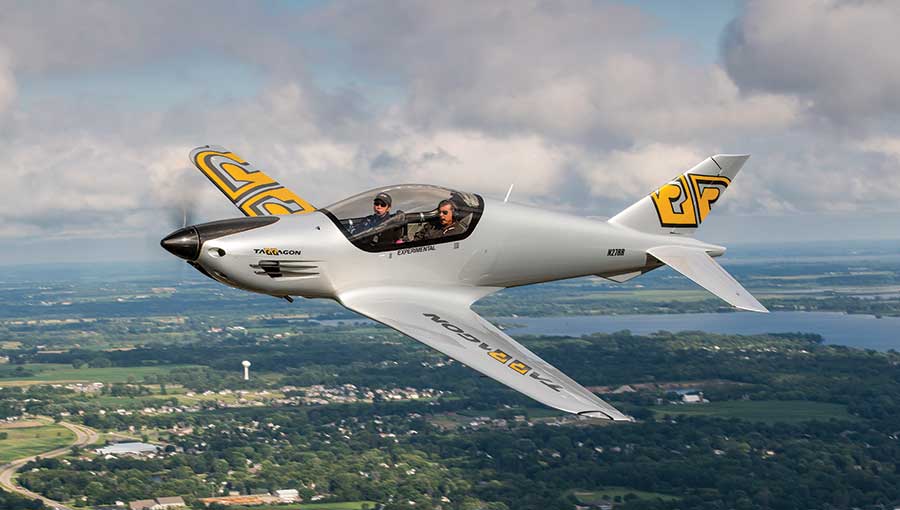
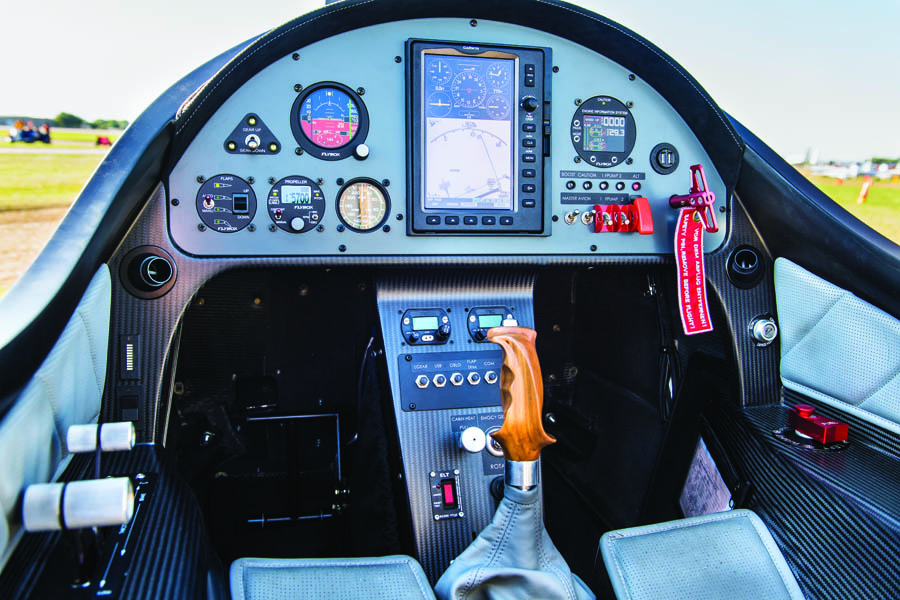
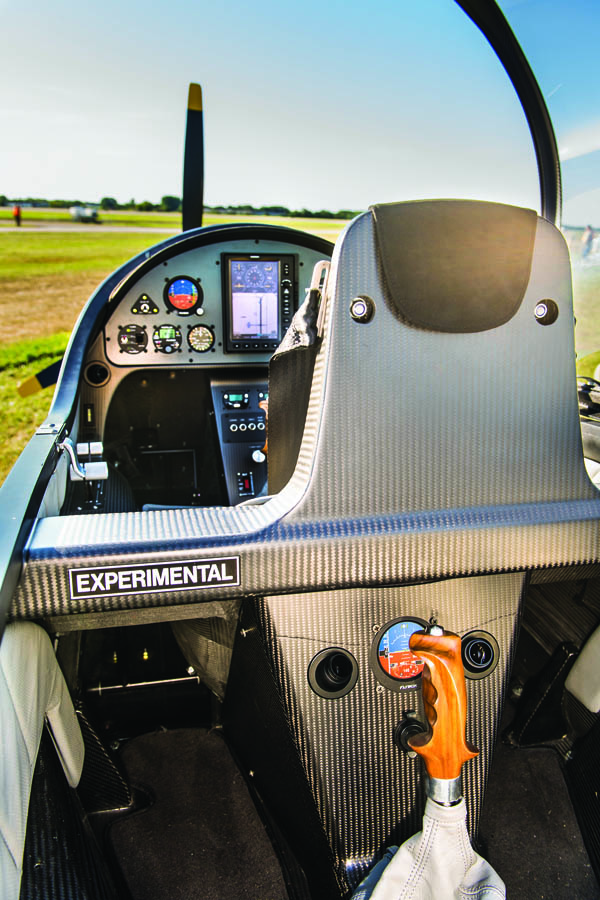
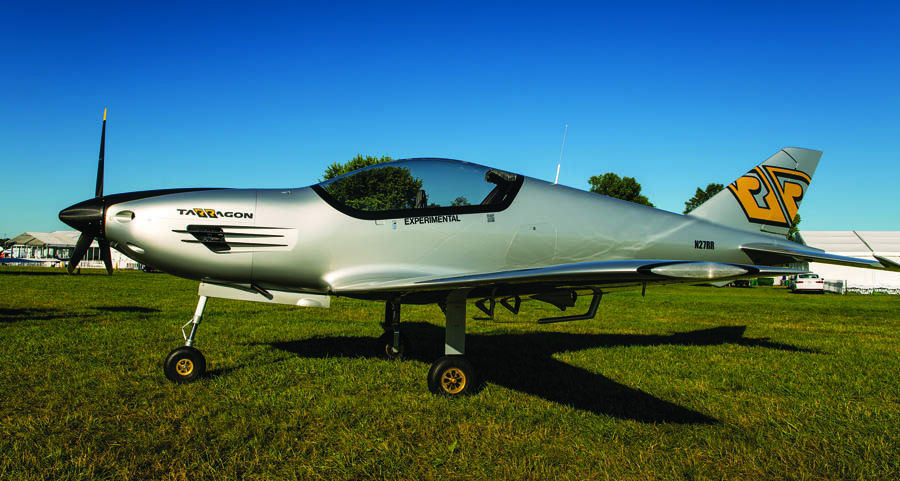
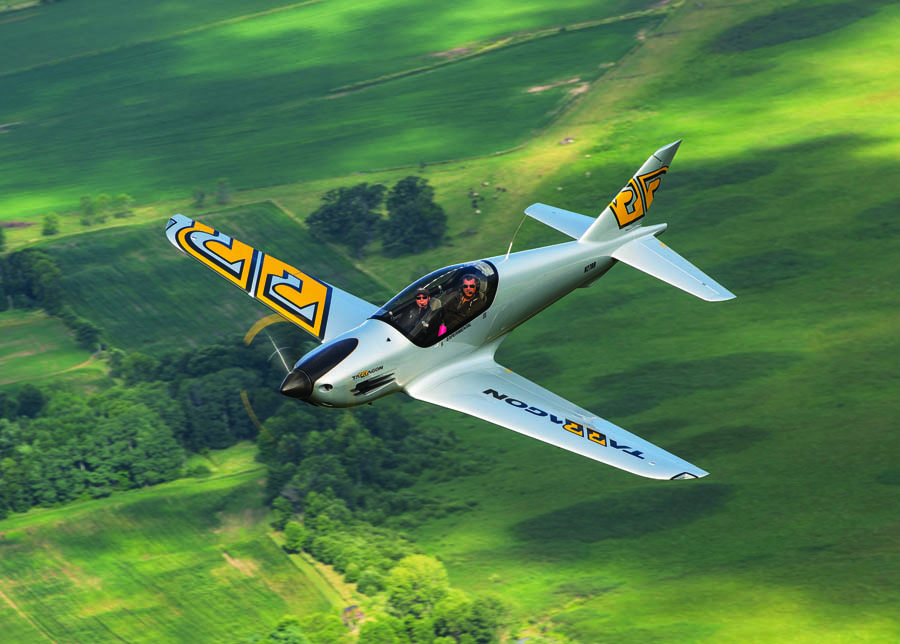
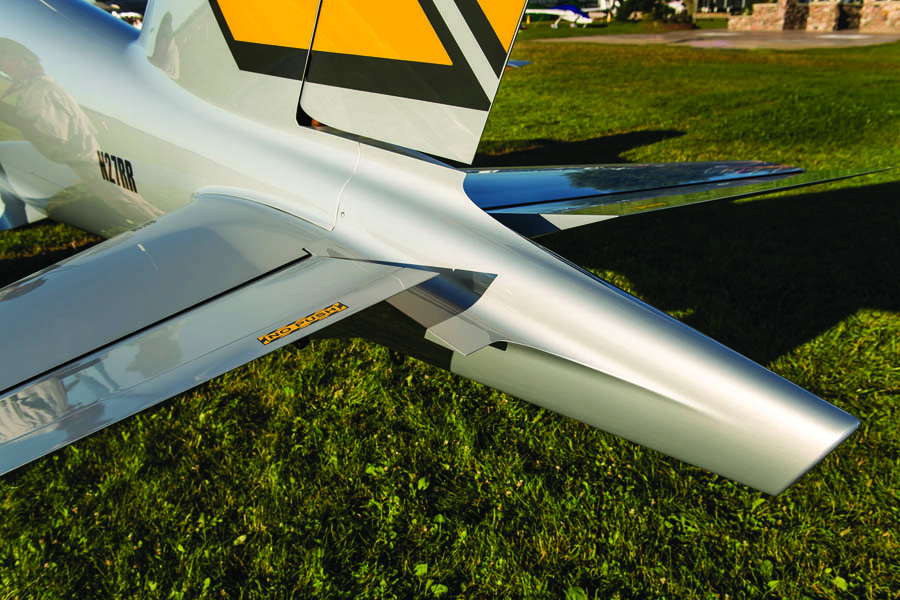

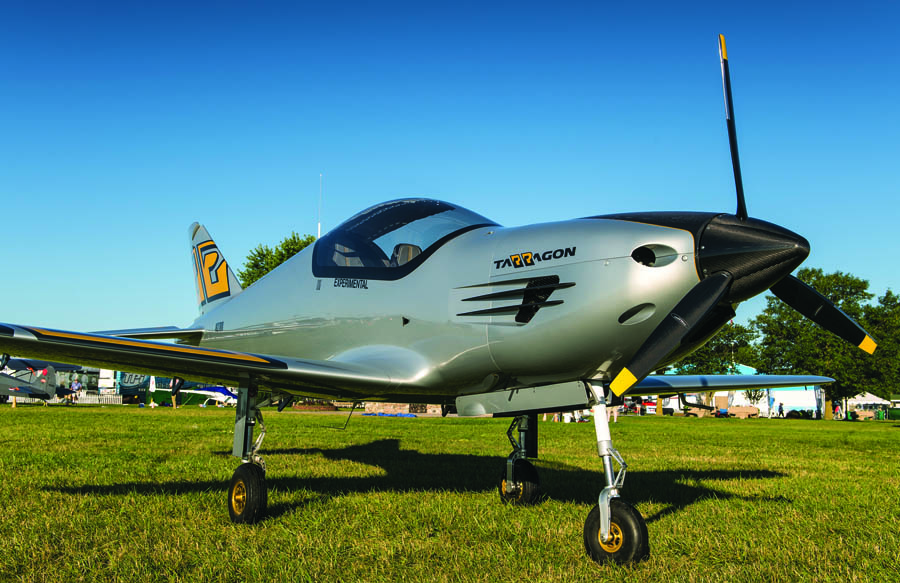
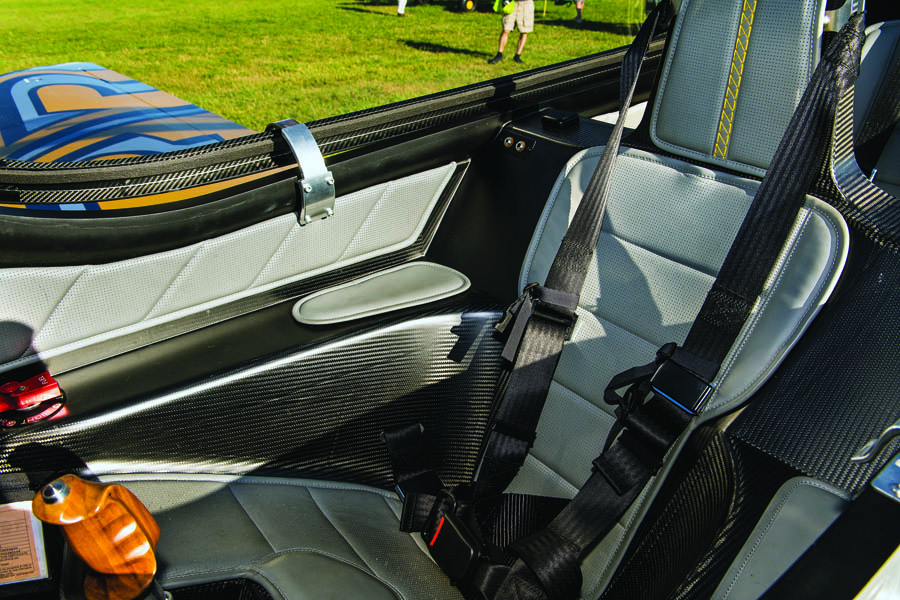
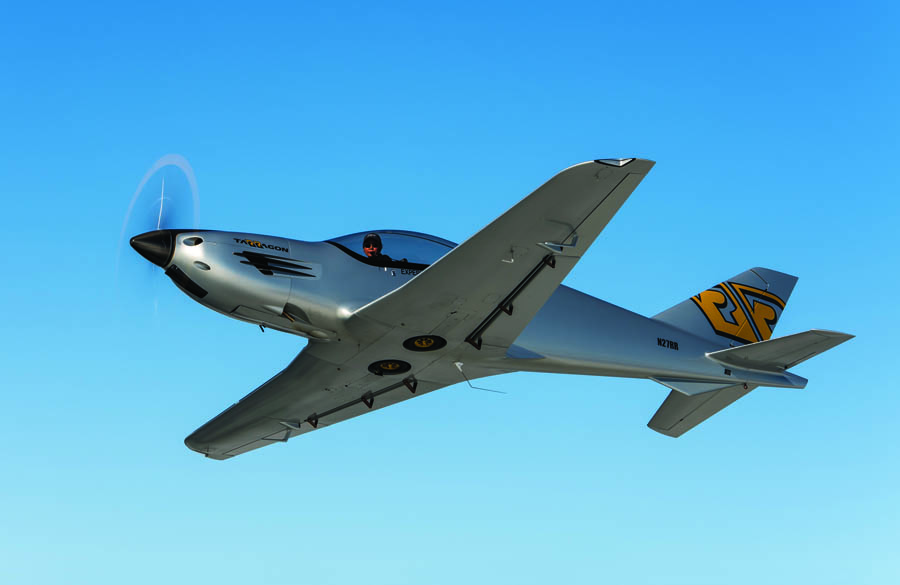
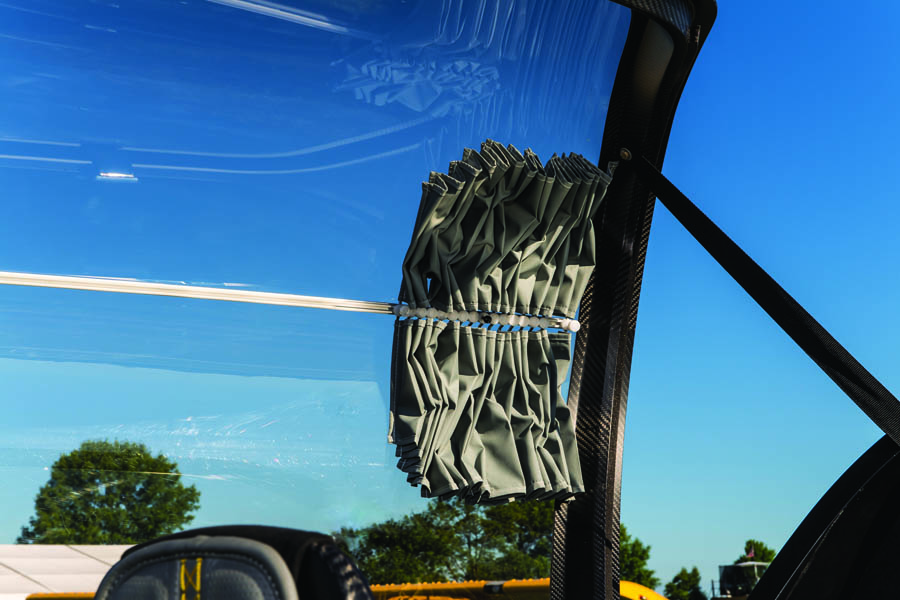
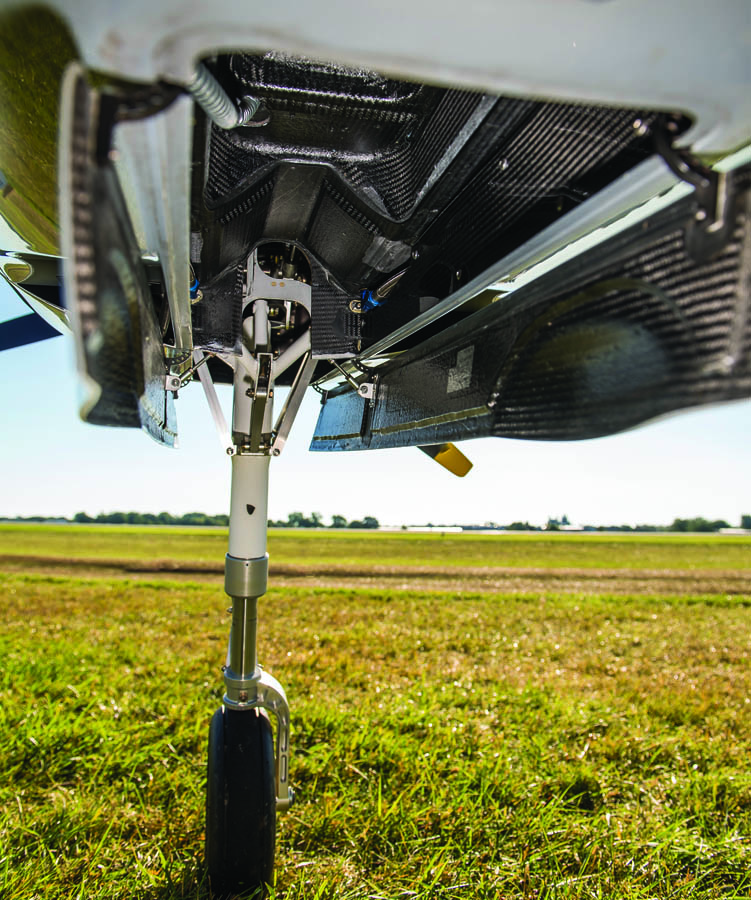
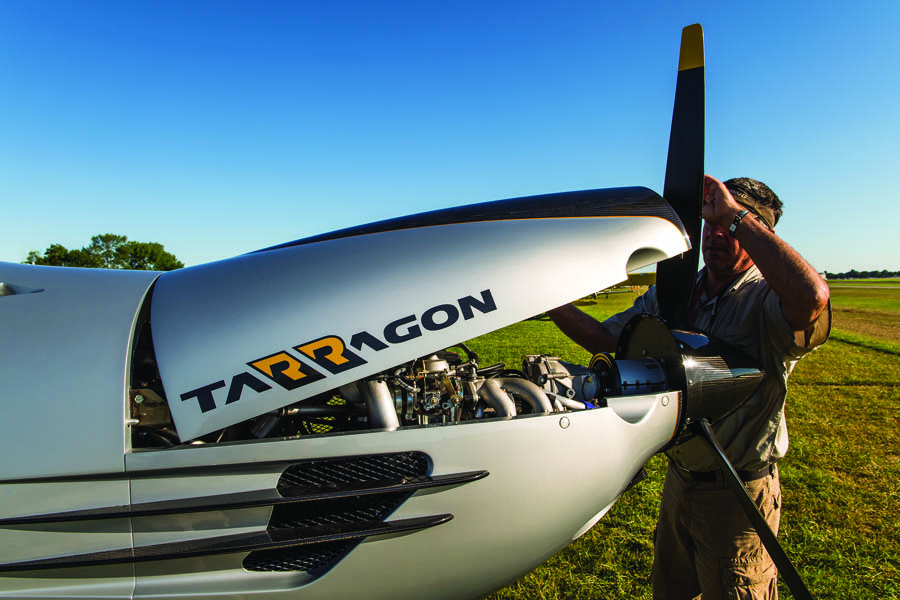
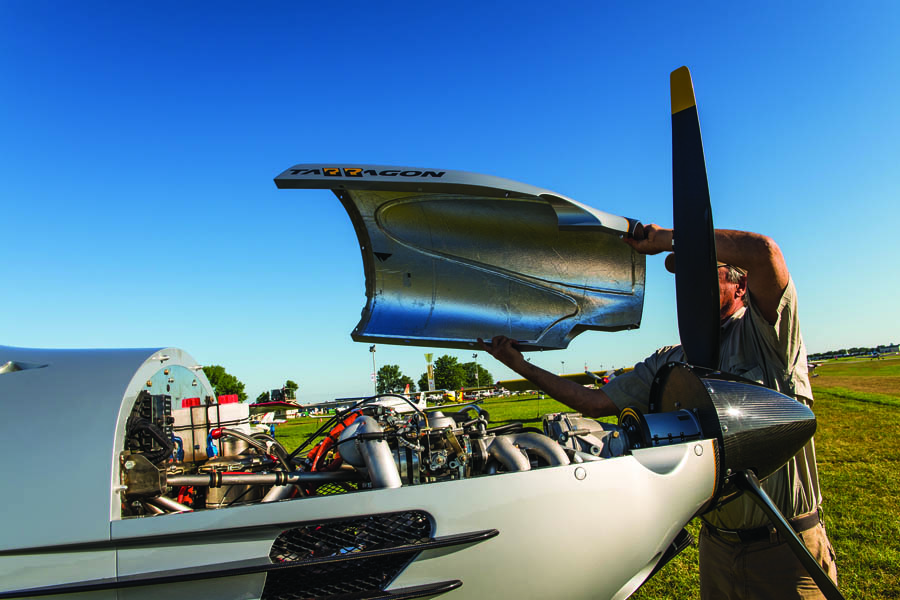
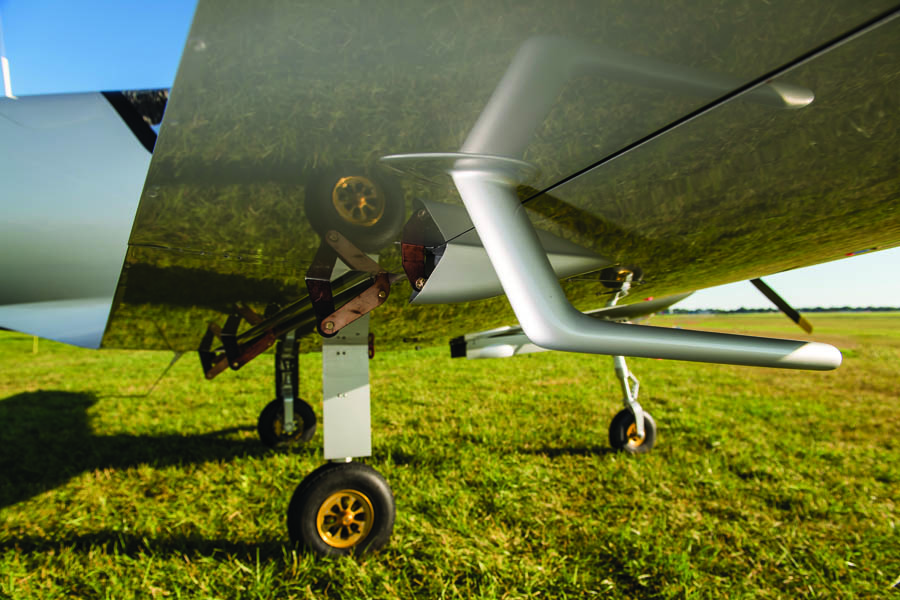
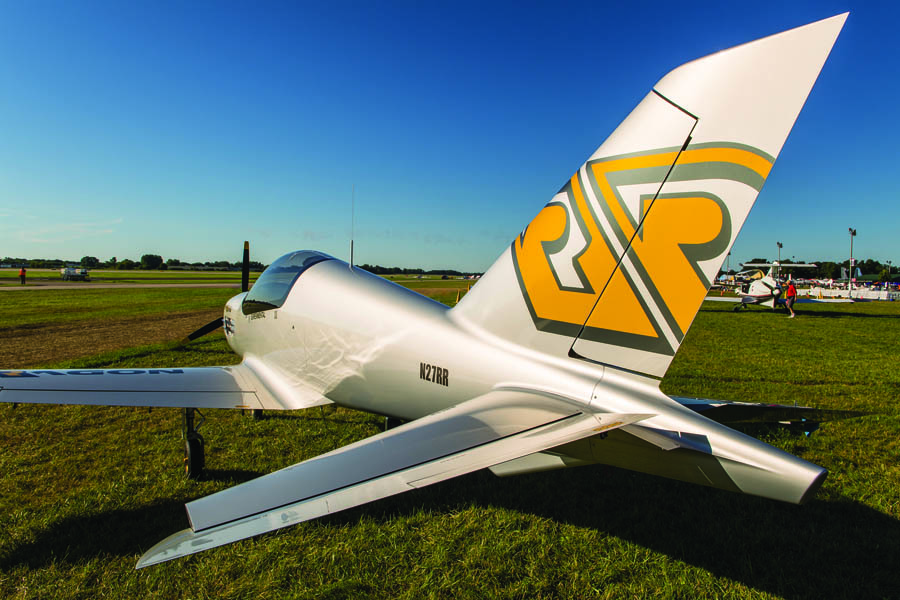
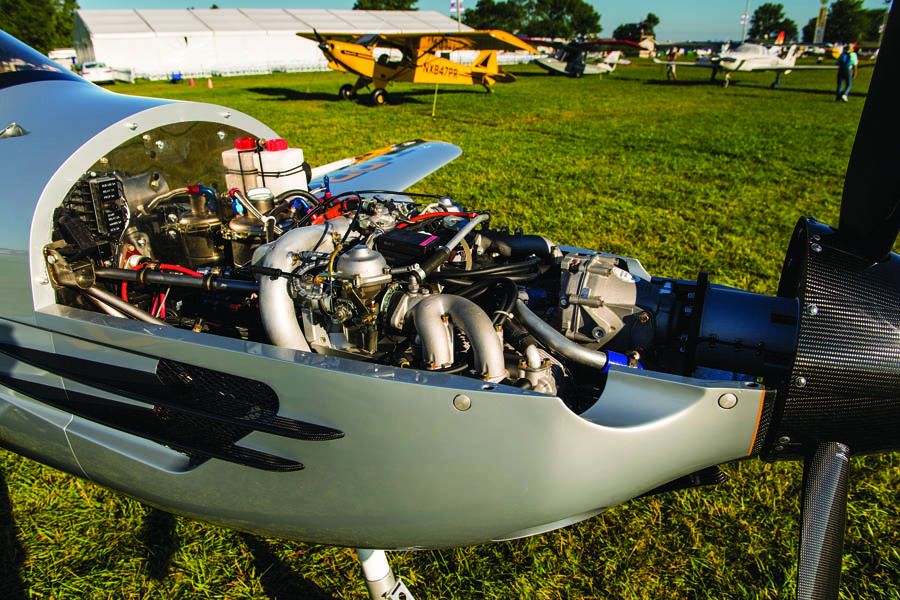
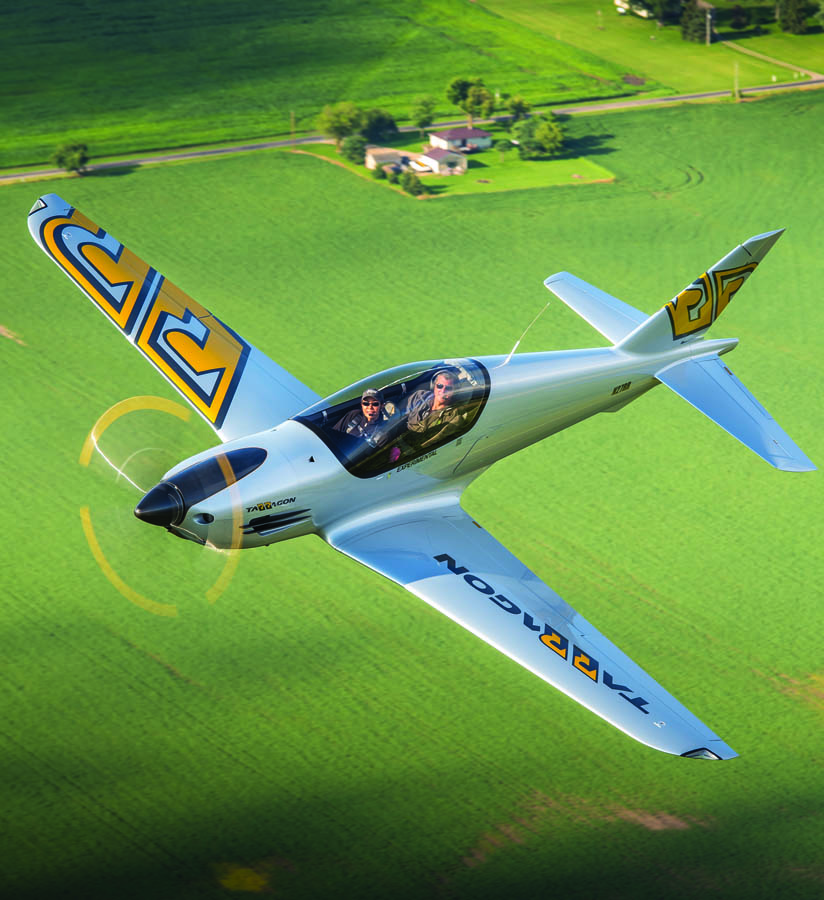
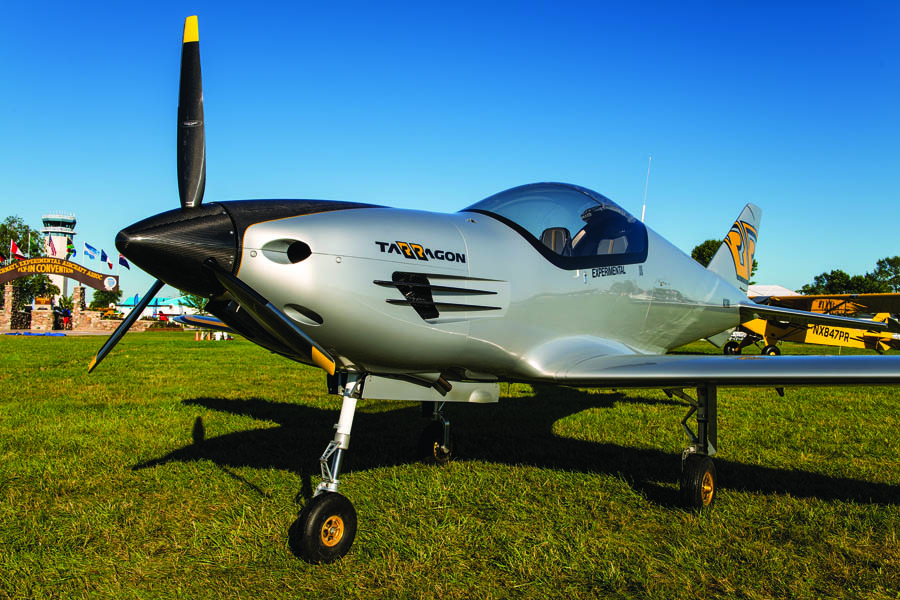
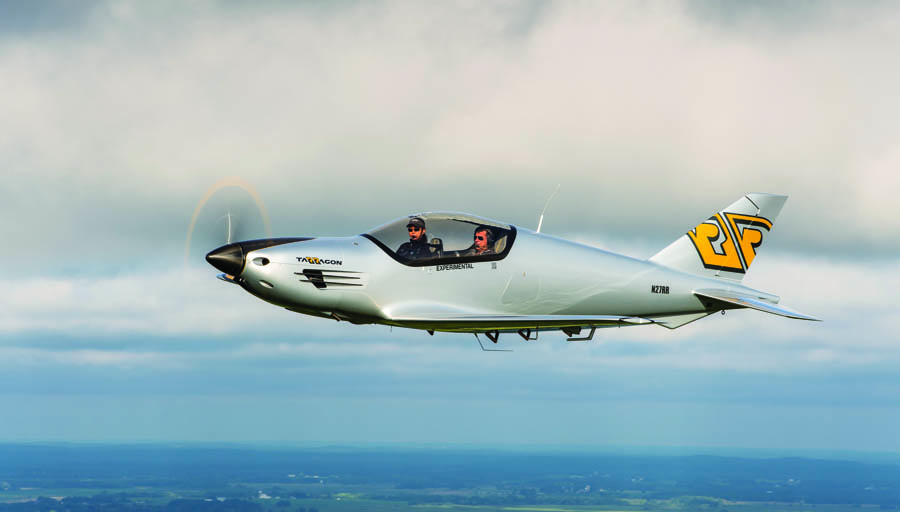
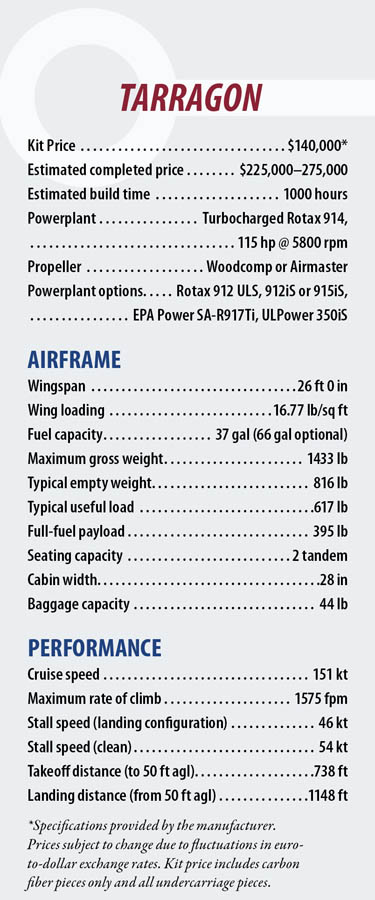
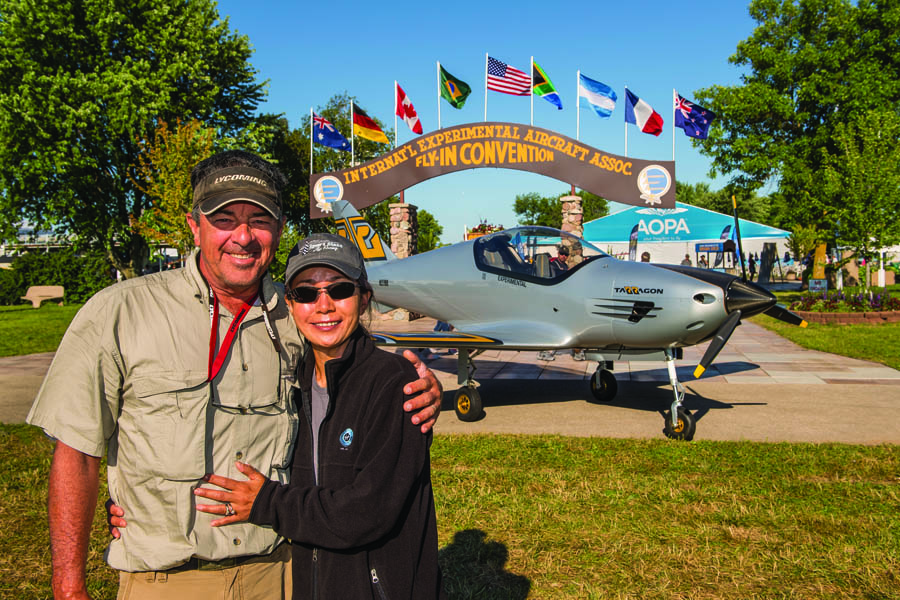
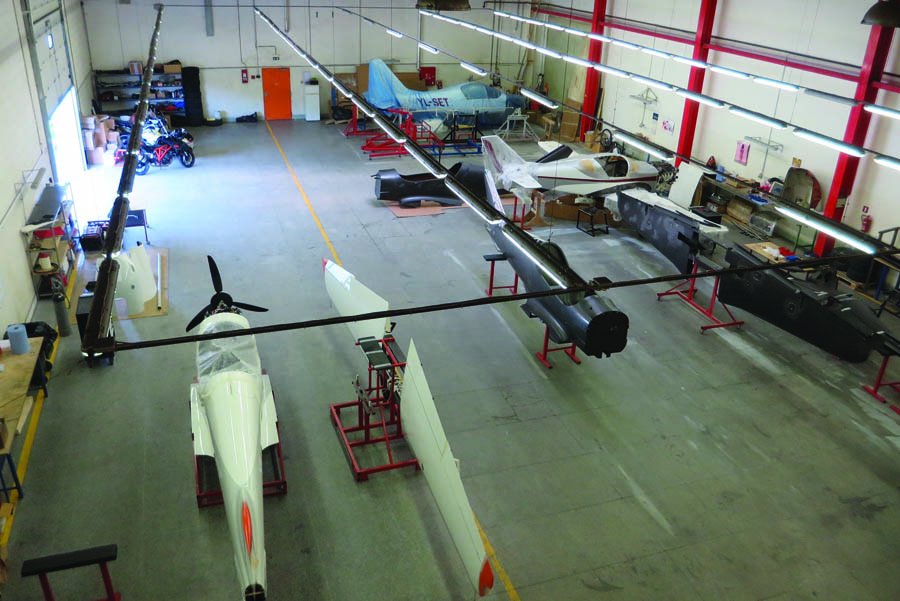
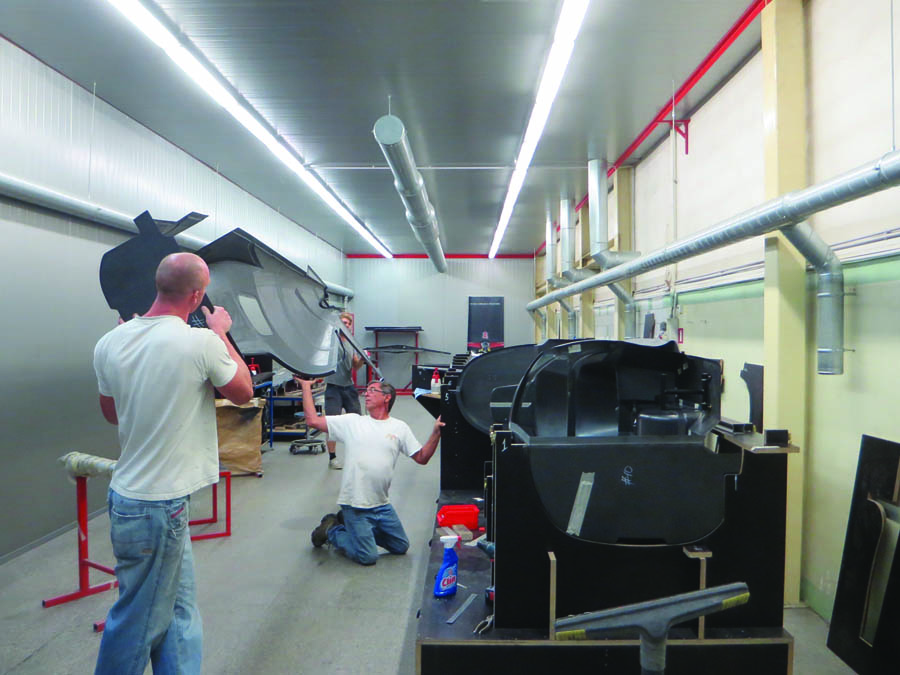
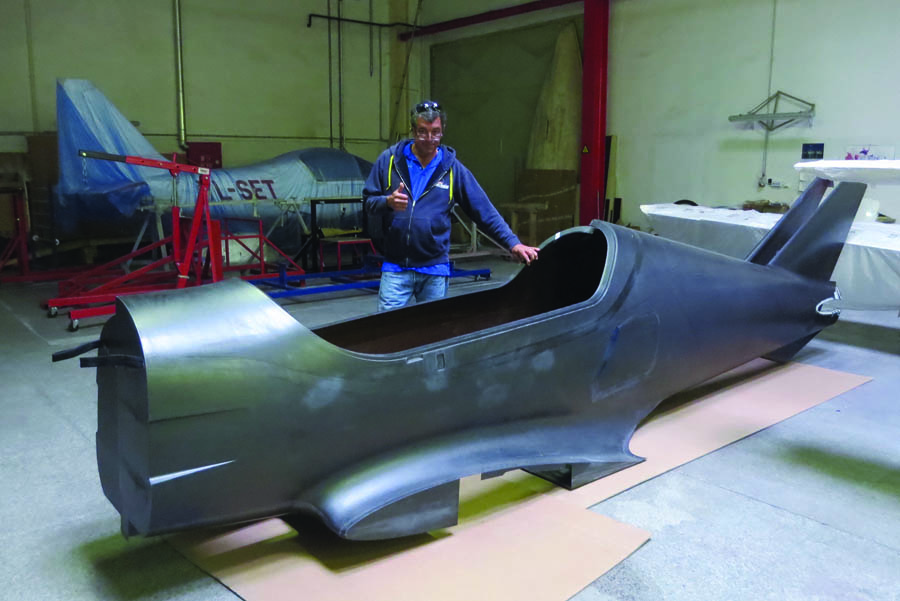
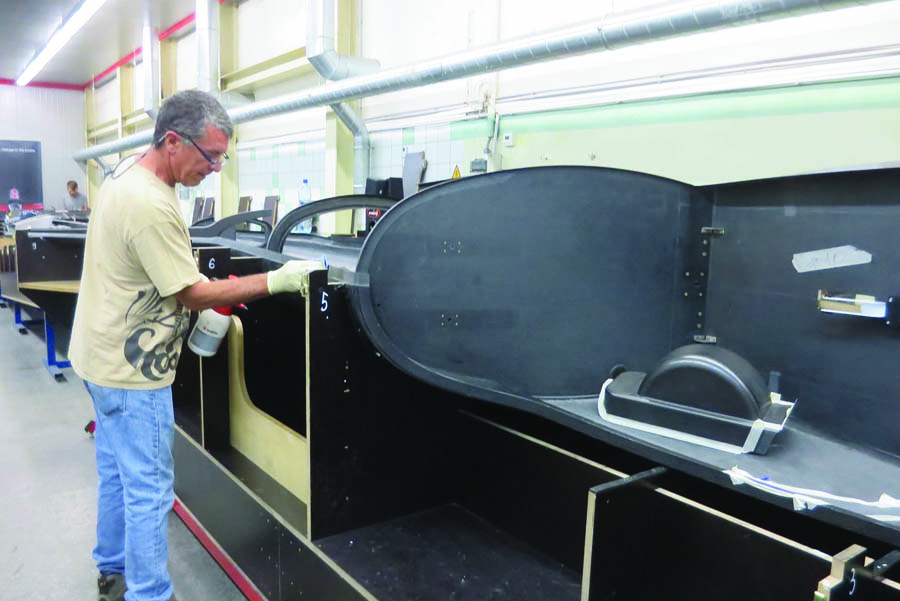
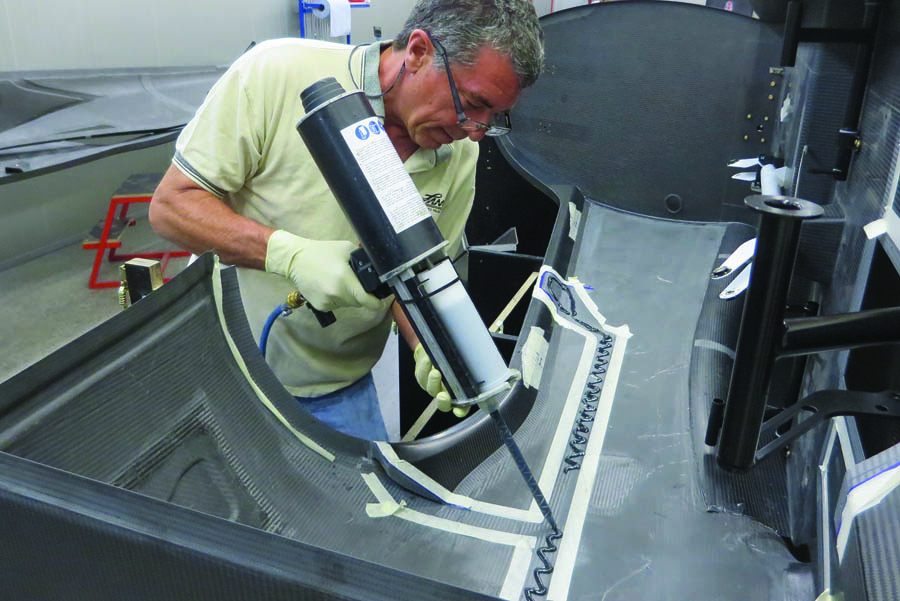

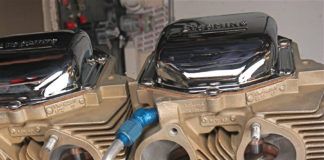

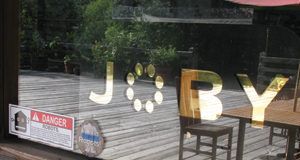
Any updates on the Tarragon kit options? How many are in build or flying in US today?
Same question as David. Not seeing anything recent on this kit and success.
Perhaps the Tarragon has become the Tumeric ? (Humor )